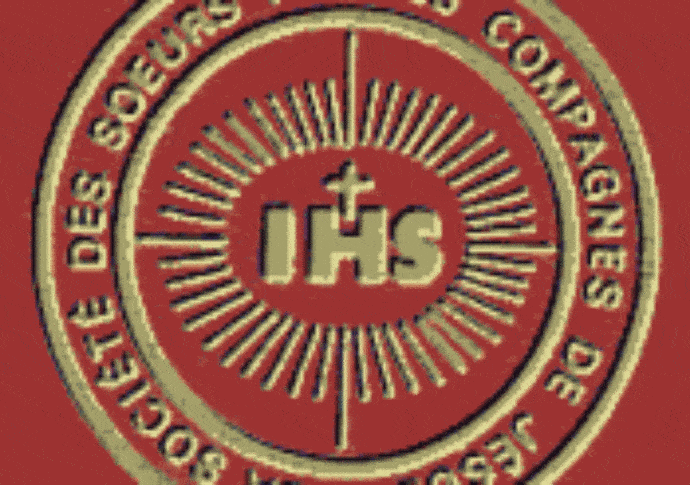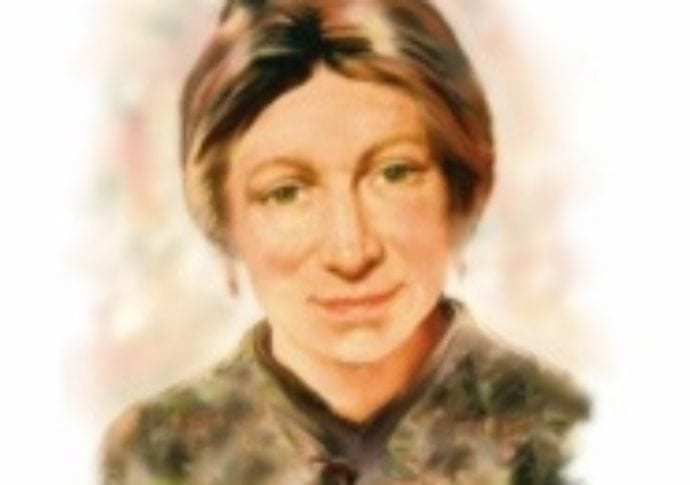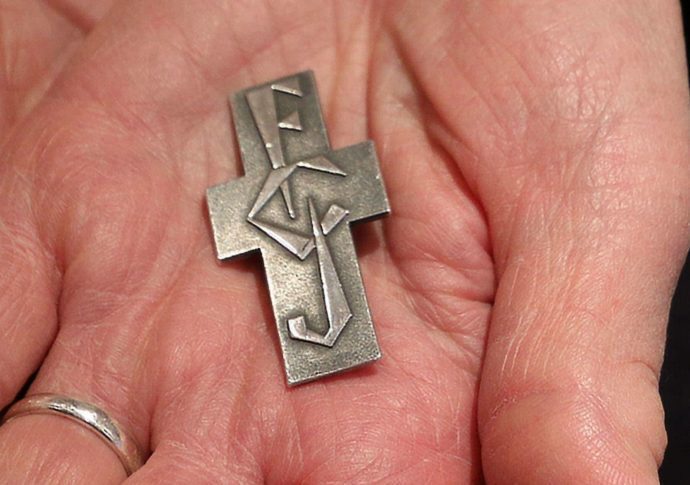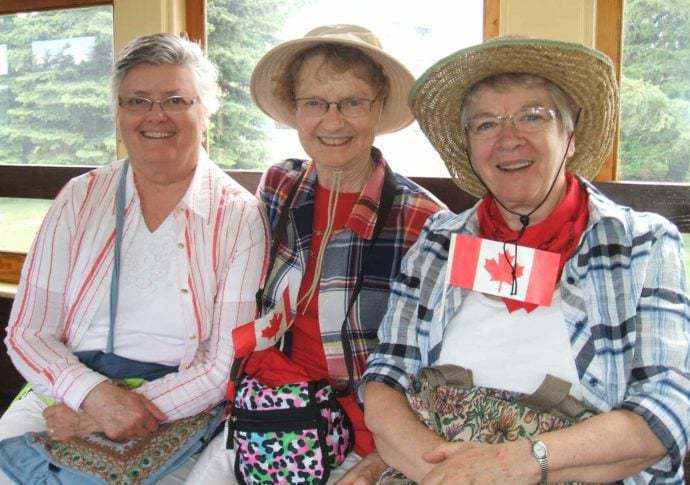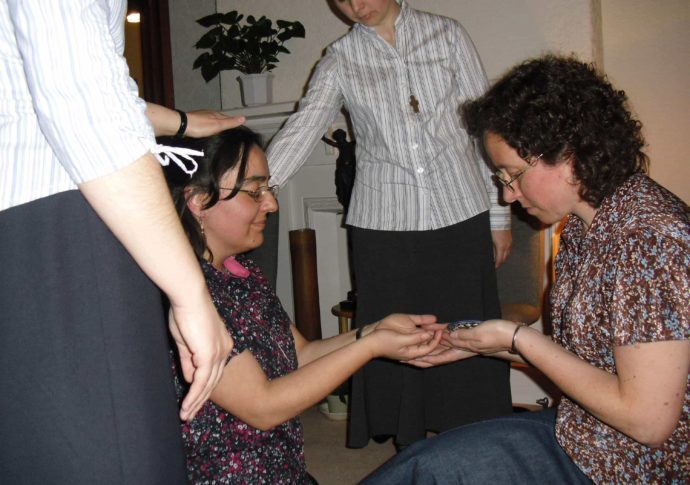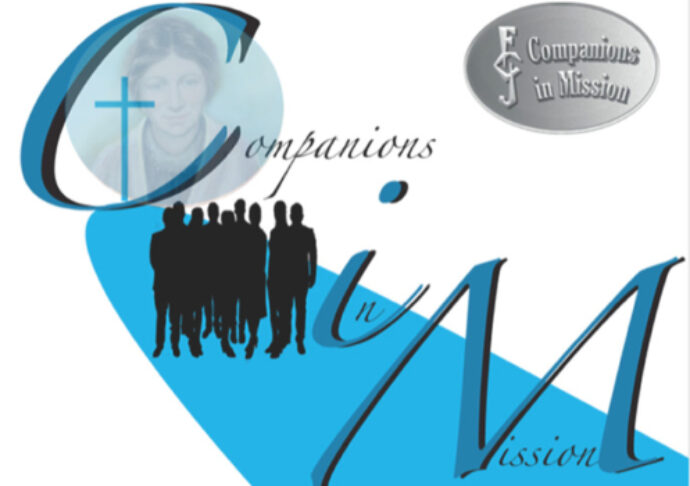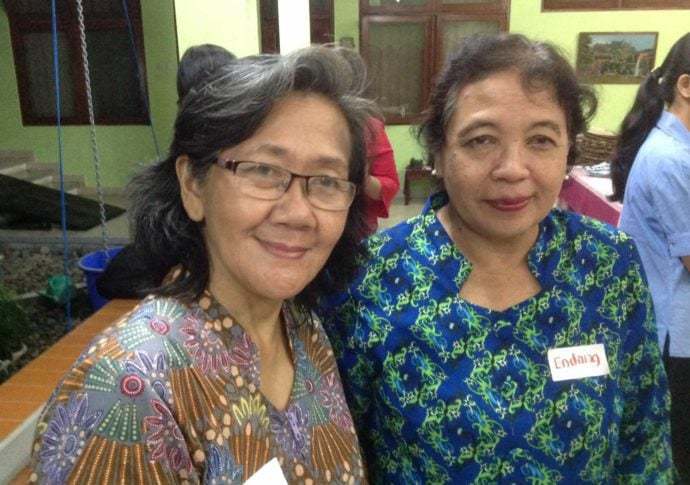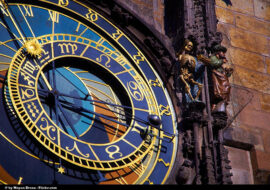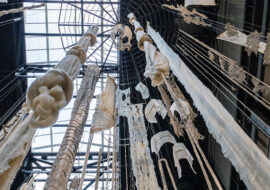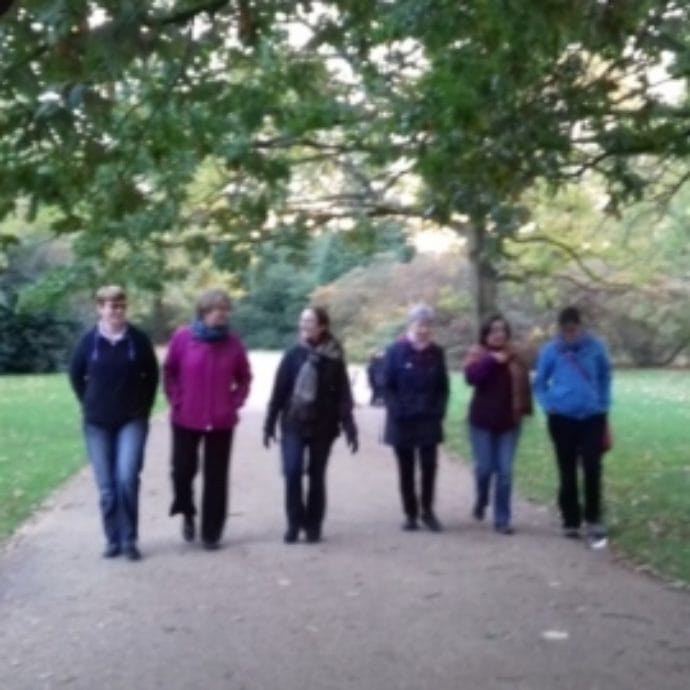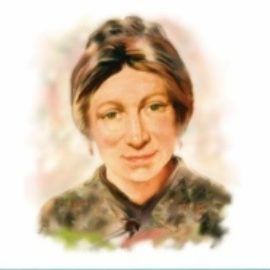For Sr Teresa White fcJ the prayers of the Advent season lift us into the light of God’s presence. First appeared in The Tablet (15 December 2020); reproduced here with permission
God comes into our everyday lives, into the peace and the turmoil, the joys and the sorrows, the hopes and the disappointments, and often this happens in a gentle, low-key kind of way through prayer. The Mission of the Messiah, the Anointed One, whose coming we await in Advent, is to give good news to the poor, to open the eyes of the blind, to set captives free, to bind up hearts that are broken, to comfort those who mourn. As followers of Jesus, we share that mission, and praying is an important part of it.
Prayer, its practice, its essence and its spirit, crosses all faith boundaries. Some years ago, listening to “Thought for the Day” one morning in December, I heard Professor Mona Siddiqui, a Muslim, say that prayer was “a taste of eternity, where Heaven and earth meet”. I was so struck by her words that I wrote them in my notebook – which is why I am able to quote them here (accurately, I hope). For me, they express something important about praying during the season of Advent. I have often noticed that our liturgical prayer at this time has a distinctive tone, a unique quality, which I would readily call “a taste of eternity”. I have found that this is also true of personal prayer in Advent, for it is a special time, when “Heaven and earth meet”. God lifts us from the darkness within us to the light of his presence, from despair and depression to hope and love, from anxiety and bewilderment to a refreshing serenity, from the fears of today to the hopes of tomorrow.
I have often noticed that our liturgical prayer at this time has a distinctive tone, a unique quality, which I would readily call “a taste of eternity”… God lifts us from the darkness within us to the light of his presence, from despair and depression to hope and love, from anxiety and bewilderment to a refreshing serenity, from the fears of today to the hopes of tomorrow.
In Advent, as we wait in joyful hope for the coming of Jesus Christ, our longing naturally finds expression in the hymns and prayers and readings of the season. In particular, those beautiful poetic prayers we call the “O Antiphons”, which appear in the office of Vespers and are also used as the Alleluia verses at Mass from 17 to 23 December, offer a focus for our Advent meditation. These verses carry that “taste of eternity” that Mona Siddiqui referred to. Calling on the Messiah as Wisdom (Sapientia), our prayer is that Christ will teach us the way of truth, for he governs all things with a strong yet tender care. We pray to him as Lord God (Adonai), begging him to keep us safe us as we try to follow God’s ways and learn to act justly, according to God’s will. As Root of Jesse (Radix Jesse), we ask him for freedom, praying that he will let nothing keep him from coming to our aid in times of trouble and adversity. We address him as Key of David (Clavis David), praying that he will break down barriers, marking a new beginning for a divided world. As Dayspring (Oriens), we beg him to lead those who live in darkness into the light of God’s presence. We ask him as Ruler of Nations (Rex Gentium) to set free the whole human race, giving us a vision of global peace and sharing, and opening our hearts to one another. And finally, we pray that as God-with-us (Emmanuel), the hope of nations and our Saviour, he will bless the whole of Creation with his love.
The Medieval Church, with its love of every kind of symbolism, delighted in the two-word acrostic formed by the initial letters of these seven messianic titles as found in the original Latin text. Read from the last letter to the first, a short sentence is formed: ERO CRAS. In English, it means I WILL BE (ero) [THERE] TOMORROW (cras). This is the final Advent message – and how fitting it is for Christmas Eve!
Sr Teresa White fcJ is former teacher and has spent many years in the ministry of spirituality at Katherine House FCJ, a retreat centre in Salford. Read other contributions by Teresa on this website.
Photo credit: Ana Puerta



